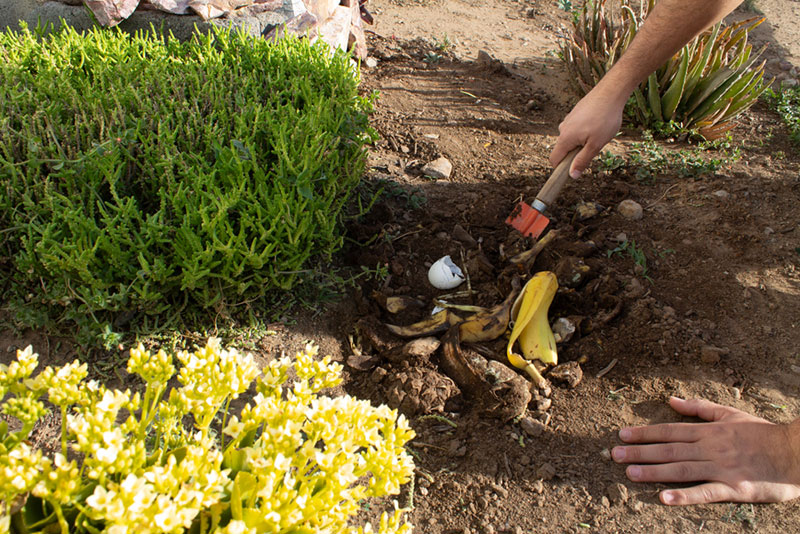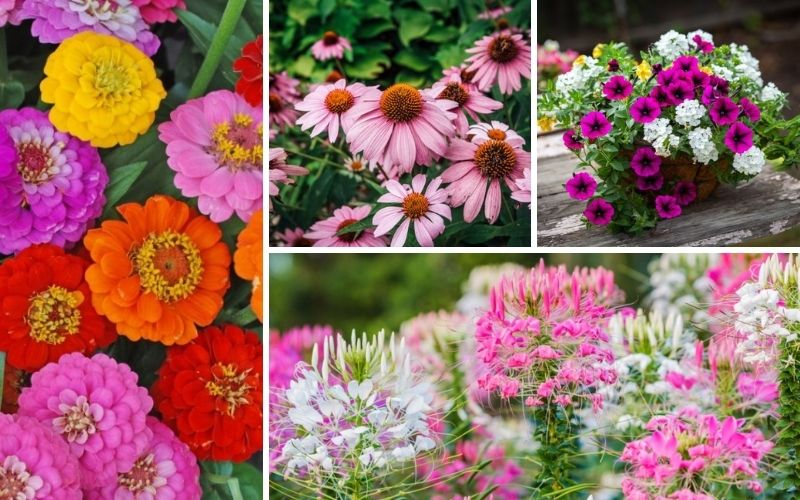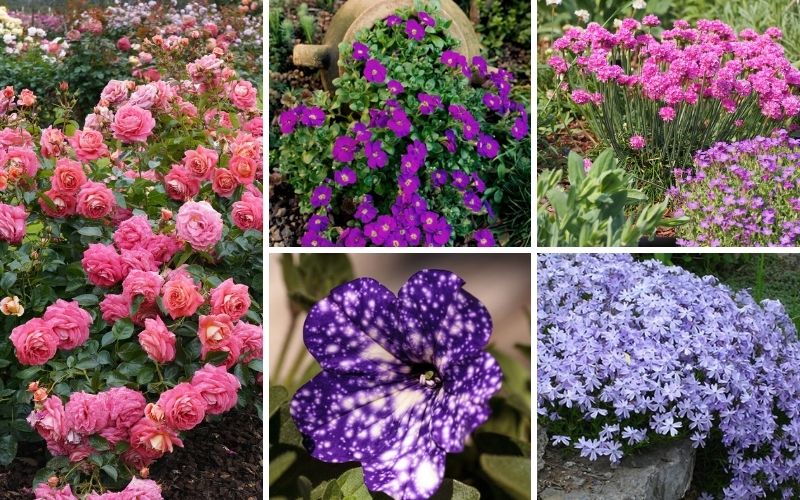Winter is always the toughest season for growers and will create significant challenges that make it hard for you to keep your plants in perfect shape. The following 10 preparation tips will keep your garden strong during this season and make it easier for you to prepare when the next growing time comes around for your area.

Step One: Start With Your Maintenance First
Your garden can’t just be shut down without a bit of work preparing it for what can be a rather long and demanding winter period. Long before snow starts to fall, in around mid-fall, when many of your plants are likely going dormant, you need to do a little maintenance, like:
- Moving winter-delicate plants to an indoor growing situation
- Emptying all water containers and placing them indoors
- Raking up leaves and mowing the lawn to avoid excessive sprawl
- Tidying up various areas throughout your garden
Cleaning up your garden in this way helps to prepare it for the long and demanding winter season. Remember — your soil will be under snow for many months, and you need to leave it in great shape. A little nutrient help may be necessary here, such as adding mulch or even fertilizer to your lawn long before the snow starts to fall.
Step Two: Weed Your Garden
Do you know the main reason why weeds are so successful in your garden? Mostly, it’s due to their intense hardiness and their capability to grow in just about any conditions. While they may not magically expand during the winter while covered with snow, they are likely to stay alive.
As a result, you need to pull out all the weeds you can find just before the snow starts to fall. Don’t be fooled into thinking that winter will destroy them for you. They will not only thrive but draw nutrients from the soil while it is cold, making your garden suffer in the spring and summer.

Step Three: Till the Soil
After getting rid of your weeds, it is a good idea to till your soil to help aerate it and make planting easier for the next growing season. Though you’ll be adding some cover crops to your garden after you till (see below), tilling now will still help your later garden plants grow more smoothly.
Tilling helps break apart dense soil to make growth easier, aerates the ground, and brings nutrients closer to the surface. Till your garden as you would when you first start growing in the early season, avoiding breaking the soil apart too much but pay attention to soil density too.

Step Four: Add Cover Crops to Your Garden
Cover crops are critical for your garden because they hold your soil together during the winter and prevent erosion. This issue is expected during this season because the earth is so heavily impacted by snow, ice, and water. Adding cover plants also helps to boost your nutrient levels as well.
For instance, if you cover your garden with clover and field peas during the winter, you’ll not only hold your soil together but add organic matter and nitrogen to your soil. Even better, these plants will help to keep your soil aerated, allowing your future garden plants to grow more efficiently.
Step Five: Compost and Fertilize the Garden
Winter is a difficult time for your soil and will rob it of many of its most essential nutrients. Avoid this problem by adding a little compost over the garden in late autumn, before snow falls. Test your soil, first, to see what kind of nutrients it needs, and then buy fertilizer to help it.
You should need no more than one inch or so coverage over your garden to get the best results. However, you should also add a very light layer of straw over the mulch to help keep the nutrients closer to the soil. Many gardeners forget this step and pay for it later with weaker gardens.

Step Six: Care for Your Perennials
A good garden is likely filled with a handful of perennial plants, such as various types of shrubs and other flowering plants. They’re going to have to last throughout the winter with minimal care, so make sure that you water them regularly throughout the fall and cut back a handful of plants during this time.
Cutting back perennials before winter comes often helps spread their seeds more quickly and helps minimize diseases. You’re going to perform this step when the ground is already frozen hard, though, so be prepared to wait until you see the foliage on your perennials dying for the season.
Step Seven: Restrain Yourself With Trees and Shrubs
Just before winter comes, you may be tempted to prune your trees and shrubs. This step is rarely a good idea for trees and shrubs because it can expose them to diseases when their growth is minimal to non-existent. Perennials do get trimmed now because they recover more quickly from this shock.
You should also cover your small trees and bushes if you’re worried about excessive snow, such as wrapping the lower trunk of a tree to keep it safe from winter-related damage. Such wraps also help to keep deer, rabbits, and other animals from nibbling on your plants.
Step Eight: Regenerate Your Compost
If you have used all of your compost and mulch with this winter’s preparation, start producing more before winter hits. Take the material you collected over the summer and fall (including plant material and leaves raked up during earlier preparation steps) and place them in your compost heap.
Yes, the microbes that cause compost to become so rich in nutrients will be mostly dormant during the winter. However, that doesn’t mean that they aren’t working at all. By providing them with a warm layer of fresh material, you can help them stay a bit more active in the winter to produce better compost.
Step Nine: Plan for Your New Growing Season
At this point in your preparation, it is a good idea to start considering what plants you want to grow next year and which you want to skip. Identify plants that did very well for you and those that did not, and try to focus on those that satisfied your needs the most as a grower.
You may want to grow some of these plants in your indoor growing areas to prepare them for the next season. Doing so allows you to provide them with a bit of a head start when you plant them outside and also allows you to track their nutrient needs more effectively.
Step Ten: Care During the Winter
Once snow falls and your garden is covered, you may think you have nothing left to do. That isn’t entirely the case. It is usually a good idea to shovel out a path to your garden and do a little maintenance on it from time to time.
For instance, excessive snow may produce too much moisture for your garden and damage some of your plants. Try to get rid of more than 10-12 inches on your garden, leaving some behind for the spring melt. This melt will introduce much-needed water that will replenish your garden and help it grow.













